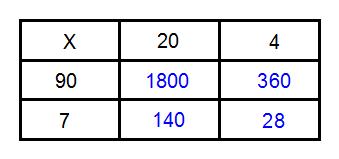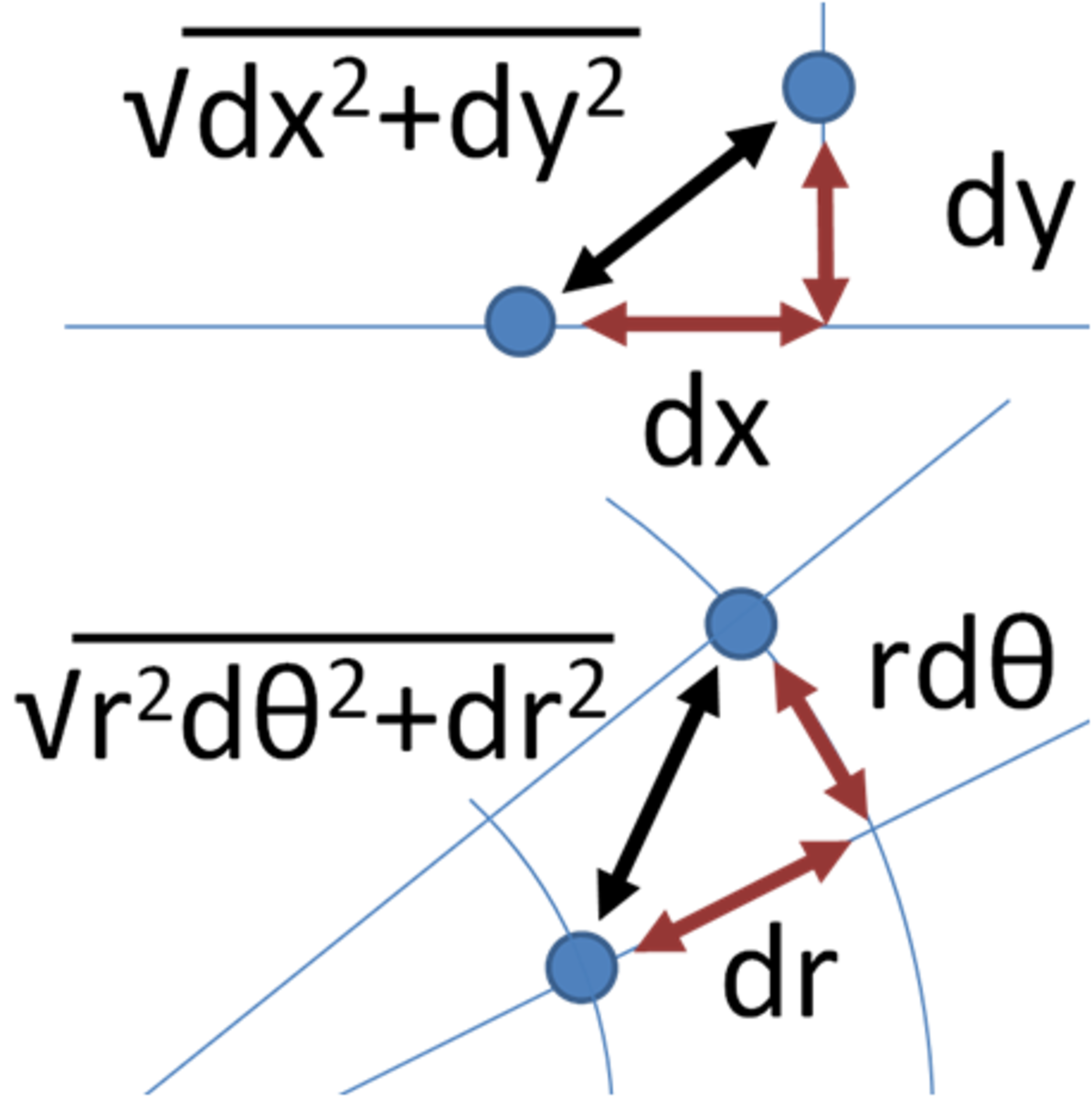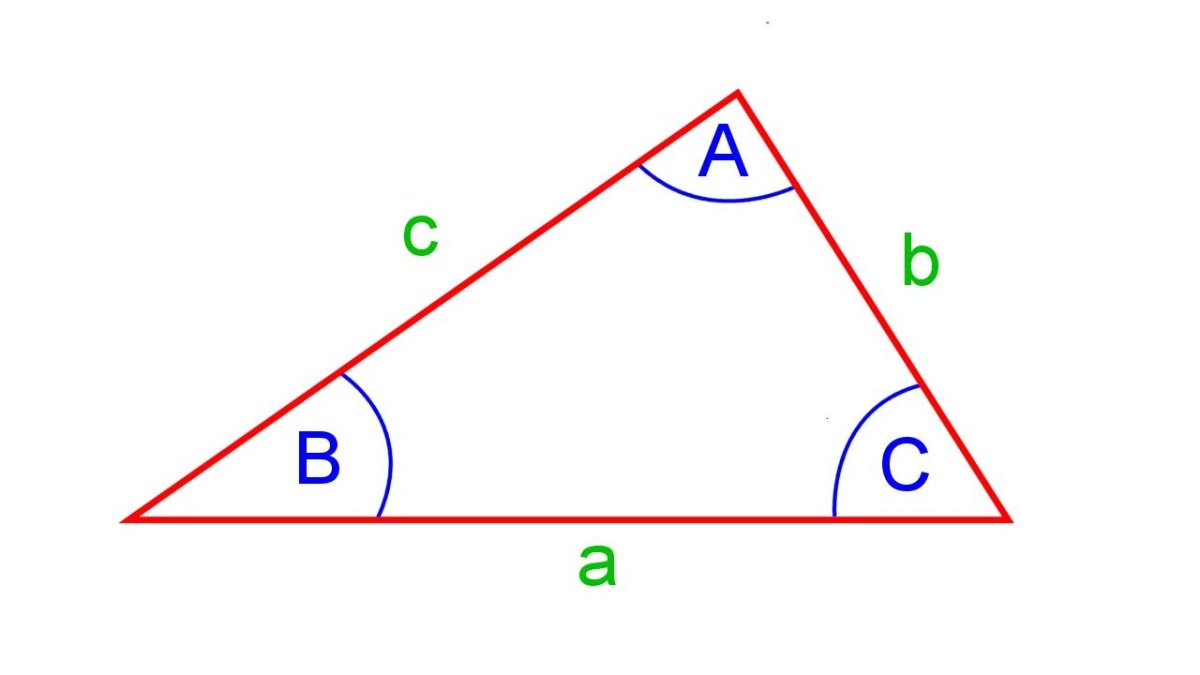Multiplying two big numbers using box multiplication instead of long multiplication eg 24 x 97
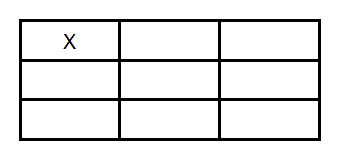
If you have two large numbers that need to be multiplied together then the box method can be used instead of long multiplication. Box multiplication is an easier method to carry out than long multiplication as long multiplication can be harder to use and remember. Many people tend to forget to add a zero at the end of the second line if using the long multiplication method.
To multiply a 2 digit number by a digit number then first you will need to draw a 3 by 3 table. Put a multiplication sign in the top left hand corner of your table, then partition your numbers into tens and units and write these along the top of the table and down the side of the table. Now you can work out the numbers that go in the 4 boxes in the middle of the table. Do this by multiplying the number at the top of the table by the number at the side of the table. Remember, to ignore zeros and add them back on in your answer to simplify your multiplications. Finally, add the four numbers that you have just calculated to give your final answer.
Example 1
Work out 57 × 63
Partition 57 into 50 and 7 and write there along the top row of your table.
Partition 63 into 60 and 3 and write these down the side of your table.
All you need to do now is work out the missing numbers in the four boxes by multiplying the number at the top by the number on the side:
50 × 60 = 3000
7 × 60 = 420
50 × 3 = 150
7 × 3 = 21
Finally add these four answers up to give your answer to 57 × 63:
3000 + 420 + 150 + 21 = 3571
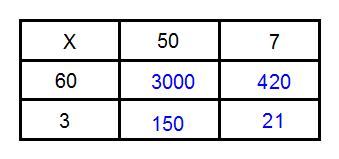
Example 2
One packet of pencils contains 24. An office store orders 97 of these packets of pencils. Work out how many pencils are in all of these packets.
To work out this problem you need to multiply the two numbers together:
24 × 97
Let’s work out the answer by doing the box multiplication method.
Partition 24 into 20 and 4 and write there along the top row of your table.
Partition 97 into 90 and 7 and write these down the side of your table.
All you need to do now is work out the missing numbers in the four boxes by multiplying the number at the top by the number on the side:
20 × 90 = 1800
4 × 90 = 360
20 × 7 = 1400
4 × 7 = 28
Finally add these four answers up to give your answer to 24 × 97:
1800 + 360 + 140 + 28 = 2328
So in the 97 packets there are 2328 pencils.
